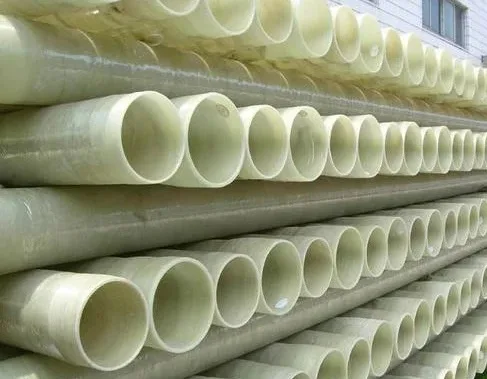Much of the infrastructure that the United States relies on today dates back hundreds of thousands of years. Although there have been many improvements since their invention, our world has dated origins. One integral piece of our infrastructure is the water pipe, which has been a staple since before 4,000 BCE. Originating in the Indus River Valley, clay pipes were the pioneering design, shortly followed by wood pipes. This design then upgraded to copper pipes in Egypt, and then into aqueducts in Ancient Greece and Rome. These aqueducts were constructed using a variety of materials such as stone, terracotta, wood, leather, lead, and bronze.
Today, the United States is home to over 2 million miles of water pipe: A distance long enough to complete 4.5 round trips to the moon. Although the water pipe has come very far in its evolution through time, there is now a new emphasis on sustainability in our society. With these new goals in mind, the time has come to update and renew the infrastructural systems that keep our society afloat.
Despite thousands of years of innovation, the United States experiences a water main break approximately every two minutes. These difficulties affect all facets of life, hindering people’s ability to work, travel, and go about their day to day lives efficiently. Especially given the frequency of these breaks, the urgent need for a change is evident. America’s infrastructure is in need of a massive overhaul, and the Federal Government is taking action to make it happen. United States communities have pledged nearly $8.5 billion to building, replacing, and rehabilitating drinking water pipe networks in 2024. Communities everywhere will soon reap the benefits of these changes, but not without understanding the importance of pipe usage in our everyday lives.
There are several common materials that have been successfully used to make pipes within the confines of our modern infrastructure. Beginning in the 1800s, steel pipes were all the rage, with a life expectancy of about 85 years. However, due to issues with corrosion, this life span may be reduced to less than 50 years in some cases. It took engineers over 100 years to reach the next breakthrough in water transport technology. In 1942, the concrete cylinder pipe was introduced. Although this pipe only has a lifespan of 20-40 years, it is a much more sustainable option, reducing CO2 emissions by 7-75% in different stages of creation.
Despite the success that engineers saw with the concrete pipe, the iron pipe was created in the 1950s to combat the shorter lifespan of its predecessor. With a longevity of 55 years, the iron pipe was implemented. However, this invention caused a spike in CO2 emissions, lowering the sustainability of the water pipe system and the overall act of transporting drinking water.
Most recently, the fiberglass pipe has taken the reins for the most modern and efficient model of the water pipe. This design has a lifespan of over 150 years, blowing all previous models out of the water. It can be used for both new and existing water mains and waste water pipelines, meaning that it can have a meaningful impact without disrupting life in that area. In terms of sustainability, this model has the lowest carbon footprint of any other water piping system in history.
With this type of sustainability and growth at the helm of infrastructure advancement, now is not the time to stop. Continuing to evolve and improve our water management systems can help to rapidly cut wasted water and damage to our cities. In the United States, we currently lose 6 billion gallons of water per day, enough to fill over 9,000 swimming pools. This is largely due to the 200 year replacement cycle we are in, far exceeding the threshold of much of the current piping systems. It is for these reasons that installing the highest quality pipes with the longest lifespans can help to remedy these problems. Cutting maintenance needs, reducing odor emissions, and preventing sinkholes and other disruptions are only the start to the benefits of these advancements.
For policymakers, there has been a bipartisan effort to fund water infrastructure in the United States. With sustainability at the helm of innovation, cutting carbon impacts with fiberglass pipes is the start to a hopeful future. From small neighborhoods to the biggest cities, communities across the United States will reap the benefits of these changes. These true efforts towards environmentally friendly solutions will undoubtedly make life more efficient and cost effective across the board.

